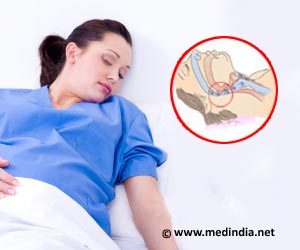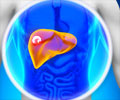Obesity-related obstructive sleep apnea and intermittent nocturnal hypoxia are associated with progression of non-alcoholic fatty liver disease.

TOP INSIGHT
Obese adolescents with obstructive sleep apnea and hypoxia had more severe scar tissue in their livers than those without sleep apnea and hypoxia.
NAFLD is the accumulation of extra fat in liver cells in people who are overweight and who drink little or no alcohol. It is a disease of epidemic proportions that is increasing worldwide in both adults and children. It is estimated to affect up to 30 percent of the general population in western countries and up to 9.6 percent of all children.
In this study, investigators found that patients with obstructive sleep apnea and hypoxia, which is when the body is deprived of adequate oxygen supply, had more severe scar tissue in their livers than those without sleep apnea and hypoxia, driven by an imbalance of oxidative stress.
By recognizing that sleep-disordered breathing is an important trigger of the stress on the liver, follow-up investigations can focus on whether therapy, such as nighttime continuous positive airway pressure (CPAP), may reduce the harm caused by sleep apnea and hypoxia.
 MEDINDIA
MEDINDIA




 Email
Email










